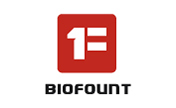
-
MS培养基
- names:
MS Medium
- CAS号:
MDL Number: NA - MF(分子式): NA MW(分子量): NA
- EINECS: Reaxys Number:
- Pubchem ID: Brand:BIOFOUNT
| 货品编码 | 规格 | 纯度 | 价格 (¥) | 现价(¥) | 特价(¥) | 库存描述 | 数量 | 总计 (¥) |
|---|
| 中文别名 | MS培养基;MS 培养基;MS-培养基 |
| 英文别名 | MS Medium,MS-Medium, |
| CAS号 | |
| Inchi | Not available |
| InchiKey | Not available |
| 分子式 Formula | NA |
| 分子量 Molecular Weight | NA |
| 溶解度Solubility | |
| 性状 | Solid,固体粉末 |
| 储藏条件 Storage conditions | Store at room temperature;常温阴凉处存储 |
MS培养基详细介绍:
MS培养基全称为Murashige和Skoog培养基(MS)最初由Murashige和Skoog于1962年制作成功,旨在优化烟草愈伤组织生物测定系统,以促进细胞分裂素的研究。从那时起,MS培养基被广泛用于微繁殖,器官培养,愈伤组织培养和悬浮培养。该配方是无机的营养混合物盐,维生素和氨基酸。Murashige和Skoog培养基(MS培养基)提供了所有必需的宏观元素和微量元素。磷酸二氢钾是磷酸盐的来源。微量元素如硼,锰,钼,铜和锌在植物代谢中起着至关重要的作用。硼在碳水化合物代谢中起关键作用。硫胺素,烟酸,吡ox醇,肌醇是植物糖酵解和三环素循环以及植物的初次和二次代谢等普遍途径中的酶辅因子。甘氨酸是氨基酸的来源。
该产品经过植物组织培养测试,但用户应独自负责确保培养基对单个物种的适用性。
MS培养基植物组织培养试验
The growth promoting properties of medium is assessed by providing plant cultures with relative humidity of about 60%±2%,temperature 22ºC±2ºC and photoperiod of about 16:8.The plant species showed actively growing callus and shoots with no structural, necrotic and toxic deformity.
MS培养基实验注意事项:
1.实验前需戴好防护眼镜,穿戴防护服和口罩,佩戴手套,避免与皮肤接触。
2.实验过程中如遇到有毒或者刺激性物质及有害物质产生,必要时实验操作需要手套箱内完成以免对实验人员造成伤害。
3.取样品的移液枪头需及时更换,必要时为避免交叉污染尽可能选择滤芯吸头。
4.称量药品时选用称量纸,并无风处取药和称量以免扬撒,试剂的容器使用前务必确保干净,并消毒。
5.取药品时尽量采用多个药勺分别使用,使用后清洗干净。
6.实验后产生的废弃物需分类存储,并交于专业生物废气物处理公司处理,以免造成环境污染。
大规格定制:定制产品请将信息发送至sales@bio-fount.com。
Experimental considerations:
1. Wear protective glasses, protective clothing and masks, gloves, and avoid contact with the skin during the experiment.
2. The waste generated after the experiment needs to be stored separately, and handed over to a professional biological waste gas treatment company to avoid environmental pollution.
| 产品说明 | MS培养基(MS medium)用于植物组织培养,MS培养基成分,MS培养基使用注意事项,MS培养基实验等见说明 |
| Introduction | MS medium(MS培养基)Murashige and Skoog Medium (MS) provides all the essential macroelements and microelements. Potassium dihydrogen phosphate serves as a source of phosphate. |
| Application1 | MS培养基的用途:用于植物组织培养的基础培养基 |
| Application2 | |
| Application3 |
MS培养基成分mg / L:
MS培养基中的大量元素
硝酸铵1650.000
氯化钙332.200
硫酸镁180.690
硝酸钾1900.000
一元磷酸钾170.000
MS培养基中的微量元素:
硼酸 6.200
六水合氯化钴 0.025
五水合硫酸铜 0.025
EDTA二钠二水合物盐37.300
七水硫酸亚铁 27.800
一水硫酸锰 16.900
钼酸(钠盐) 0.213
碘化钾 0.830
七水合硫酸锌 8.600
MS培养基中的维生素:
肌醇 100.000
烟酸(游离酸) 0.500
盐酸吡哆醇 0.500
盐酸硫胺素 0.100
MS培养基中的氨基酸
甘氨酸 2.000
总计(克/升) 4.4
使用MS培养基注意事项:
•添加之前,确保培养基的pH合适胶凝剂,因为酸性pH值会导致胶凝减少产生半固体流动的凝胶,而碱性pH值会导致形成硬化的凝胶。
•使用蒸馏水/组织培养级水是建议用于自来水或更低的介质制备等级的水可能导致盐分沉淀和不合适凝胶化。
•避免制备浓缩液,因为这会导致沉淀盐。
MS培养基使用指导:
•通过添加所需量的粉末占总体积的三分之二,保持恒定,温和搅拌直至培养基完全溶解。
•高压灭菌前添加热稳定剂
•用蒸馏水补足最终培养基所需的体积。
•使用1M NaOH溶液 /将培养基的pH调节至5.75±0.5盐酸。
•加入胶凝剂并将介质加热至沸腾胶凝剂完全溶解。
•通过在15 lbs和121°C下高压灭菌来灭菌培养基15分钟。
•添加热不稳定产品前,需将高压灭菌的介质冷却至约45°C热。
•在无菌条件下分配所需量的培养基无菌培养皿中的层流气流单元。
MS Medium Description : Murashige and Skoog Medium (MS) was originally formulated by Murashige and Skoog in 1962 to optimize tobacco callus bioassay system for facilitating the study of cytokinins. Since then, it is widely used for micro propagation, organ culture, callus culture and suspension culture. The formulation is a nutrient blend of inorganic salts, vitamins and amino acid. Murashige and Skoog Medium (MS) provides all the essential macroelements and microelements. Potassium dihydrogen phosphate serves as a source of phosphate. Microelements like Boron, Manganese, Molybdenum, Copper and Zinc play vital role in plant metabolism. Boron plays a key role in carbohydrate metabolism. Thiamine, nicotinic acid, pyridoxine, inositol act as enzymatic cofactors in universal pathways including glycolysis and TCA cycle along with primary and secondary metabolism in the plants. Glycine serves as a source of amino acid.
| 警示图 | |
| 危险性 | Warning |
| 危险性警示 | Not available |
| 安全声明 | H303吞入可能有害+H313皮肤接触可能有害+H333吸入可能对身体有害 |
| 安全防护 | P264处理后彻底清洗+P280戴防护手套/穿防护服/戴防护眼罩/戴防护面具+P305如果进入眼睛+P351用水小心冲洗几分钟+P338取出隐形眼镜(如果有)并且易于操作,继续冲洗+P337如果眼睛刺激持续+P313获得医疗建议/护理 |
| 备注 | 实验过程中防止吸入、食入、穿戴好个人防护用品 |
| Plant tissue culture for biotechnology Prakash P. Kumar, Chiang Shiong Loh, in Plant Biotechnology and Agriculture, 2012 |
| Somatic (asexual) procedures (haploids, protoplasts, cell selection) and their applications Tanya Tapingkae, ... Acram Taji, in Plant Biotechnology and Agriculture, 2012 |
| Plant Genetic Engineering Towards the Third Millennium R. García, ... M. García, in Developments in Plant Genetics and Breeding, 2000 |
| Immobilized Cells J.-N. Barbotin, ... D. Thomas, in Progress in Biotechnology, 1996 |
| Spinach S.C. PANDEY, G. KALLOO, in Genetic Improvement of Vegetable Crops, 1993 |
Plant tissue culture for biotechnologyPrakash P. Kumar, Chiang Shiong Loh, in Plant Biotechnology and Agriculture, 2012.
Summary:Plant tissue culture involves excising plant tissues and growing them on nutrient media. It is used rather broadly to include several variations, such as meristem culture for propagation of virus-free plants, protoplast culture, cell suspension culture, tissue and organ culture, and anther or pollen culture for producing haploid plants. This chapter focuses on various technical aspects of plant tissue culture. A suitable explant is selected and prepared for culture, and later incubated on an appropriate nutrient medium for growth and differentiation. The basic laboratory setup, handling of explant tissue, nutrient medium and establishing the culture, and incubation of cultures are also discussed in this study. A laboratory that can handle plant biochemistry or physiology-type experiments meets most of the general requirements of plant tissue culture. It is a valuable tool for research on morphogenesis, cell signaling, physiology, and molecular biology, as well as crop improvement by biotechnology. The implications of plant tissue culture technology for agricultural biotechnology is immense.- 相关产品
-
< >
- 推荐产品
-
< >
- 最新产品
-
< >
新闻
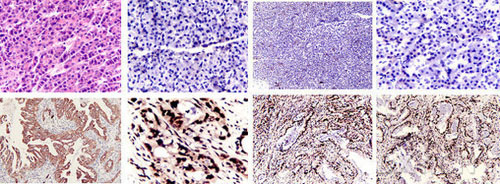
怎么做细胞爬片免疫组化染色实验
细胞爬片免疫组化染色,是通过细胞爬片是让玻片浸在细胞培养基内,细胞在玻片上生长,主要用于组织学,免疫组织化学...
2020/7/20 22:04:33
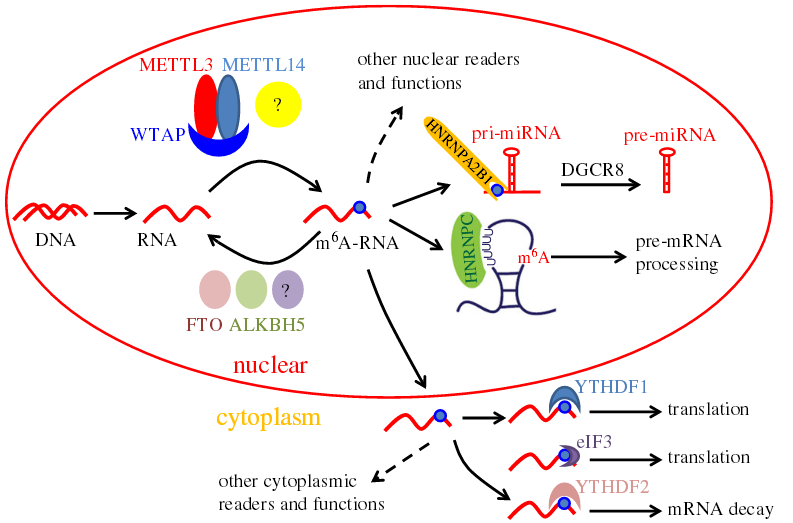
提取病毒RNA的实验方法
提取病毒RNA方法分别有:异硫氰酸胍的提取病毒RNA方法、TRIzol LS提取法、Trizol法提取法等等...
2020/7/22 20:29:26
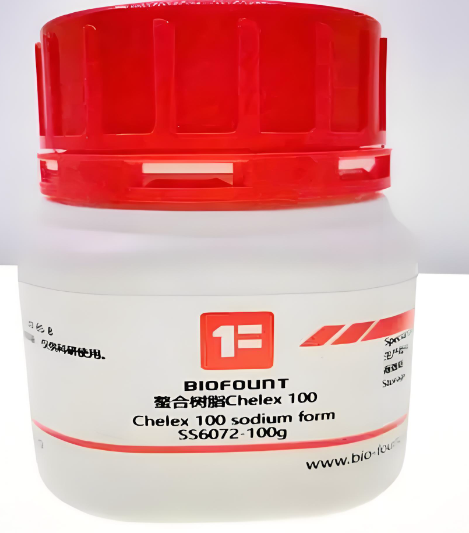
chelex 100树脂国产替代之路-BIOFOUNT范德生物
Chelex 100螯合离子交换树脂对铜、铁和其他重金属?的偏好显著高于对钠、钾等一价阳离子的偏好。它对二价...
2025/11/4 14:22:46

9月开学季——助研新学期 范德送好礼
2025/8/28 15:30:55
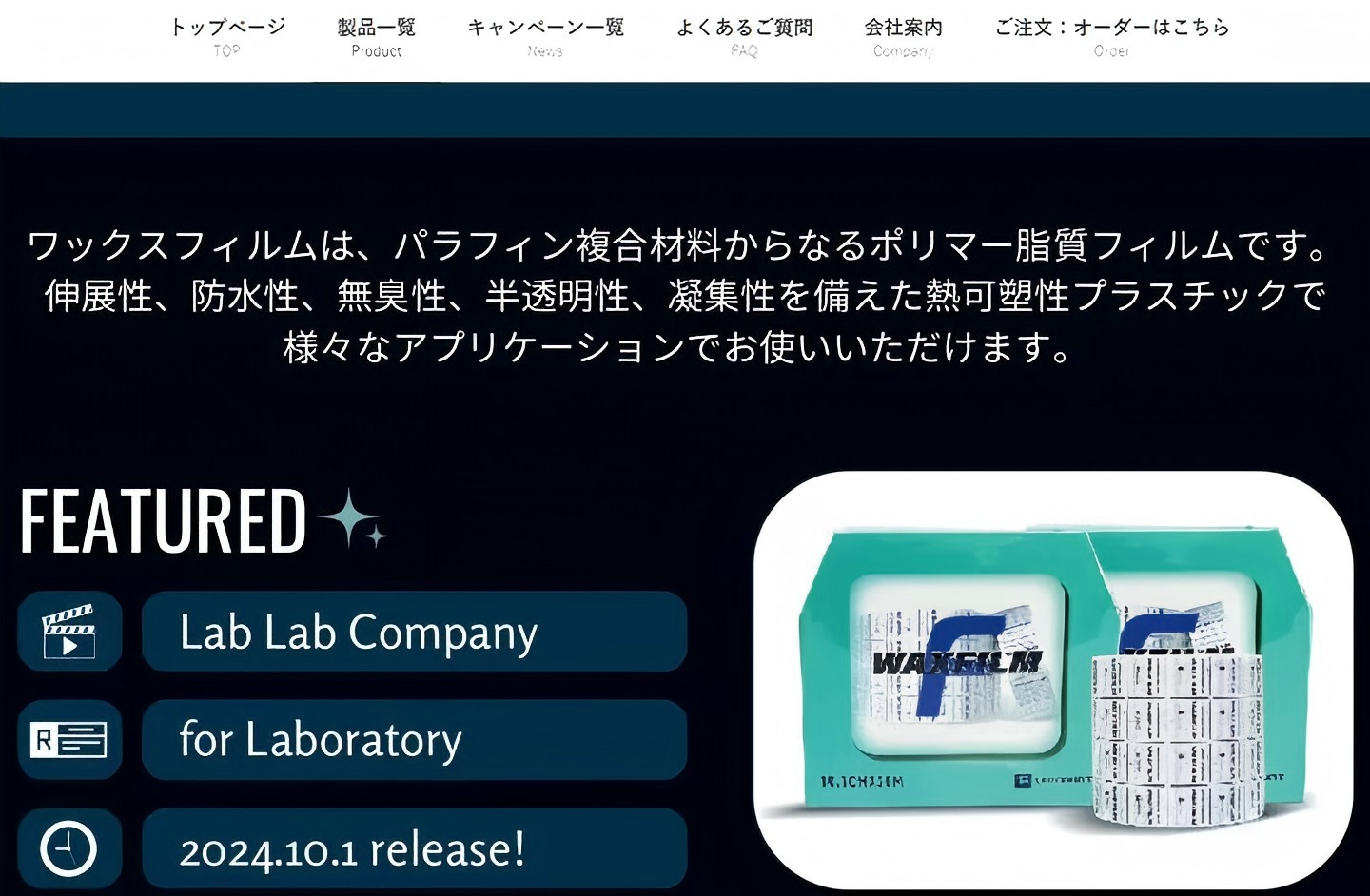
Waxfilm 实验室封口膜:技术与国际市场的双重突破
在实验室耗材领域,封口膜是保障实验准确性与稳定性的关键产品之一。近年来,Waxfilm?实验室封口膜凭借其卓...
2025/5/13 13:03:40
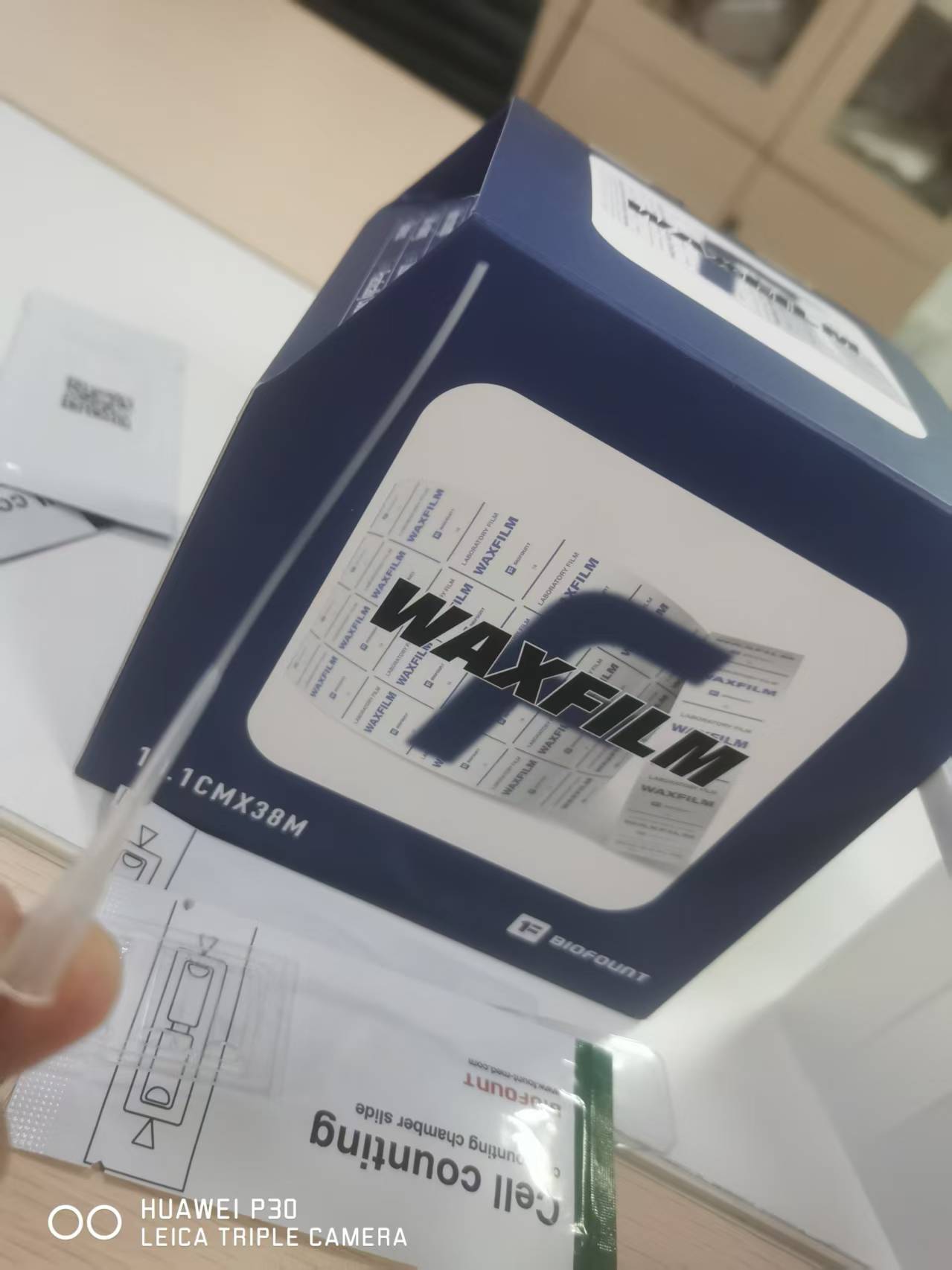
Waxfilm实验室封口膜的5大突破
Waxfilm实验室封口膜作为生物功能膜领域的国产技术突破和品牌突破,是生物领域中国技术发展的缩影。
2025/5/6 17:02:07
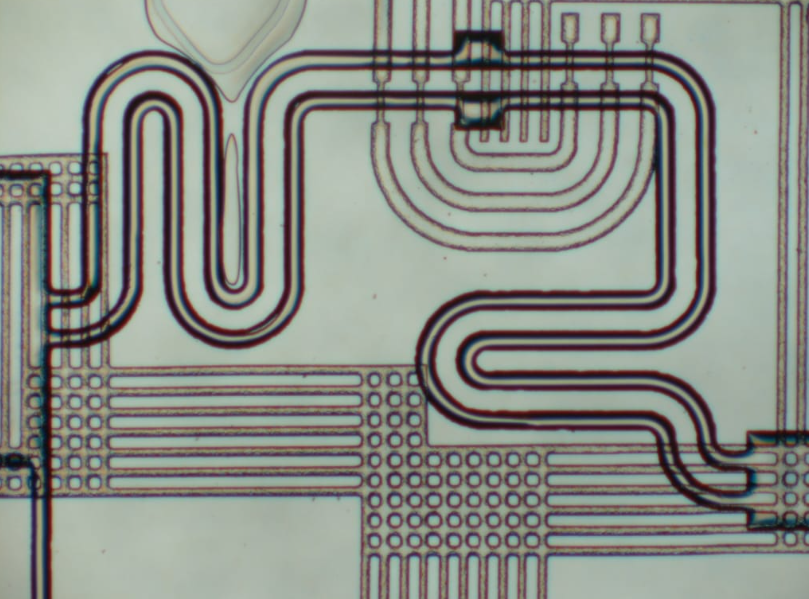
各种微流控芯片键合方法的优缺点
微流控芯片键合:目前主要有激光焊接、热压键合、胶键合、超音波焊接,每种方法都有各自的优缺点。本文主要介绍聚酯...
2023/7/28 10:43:09
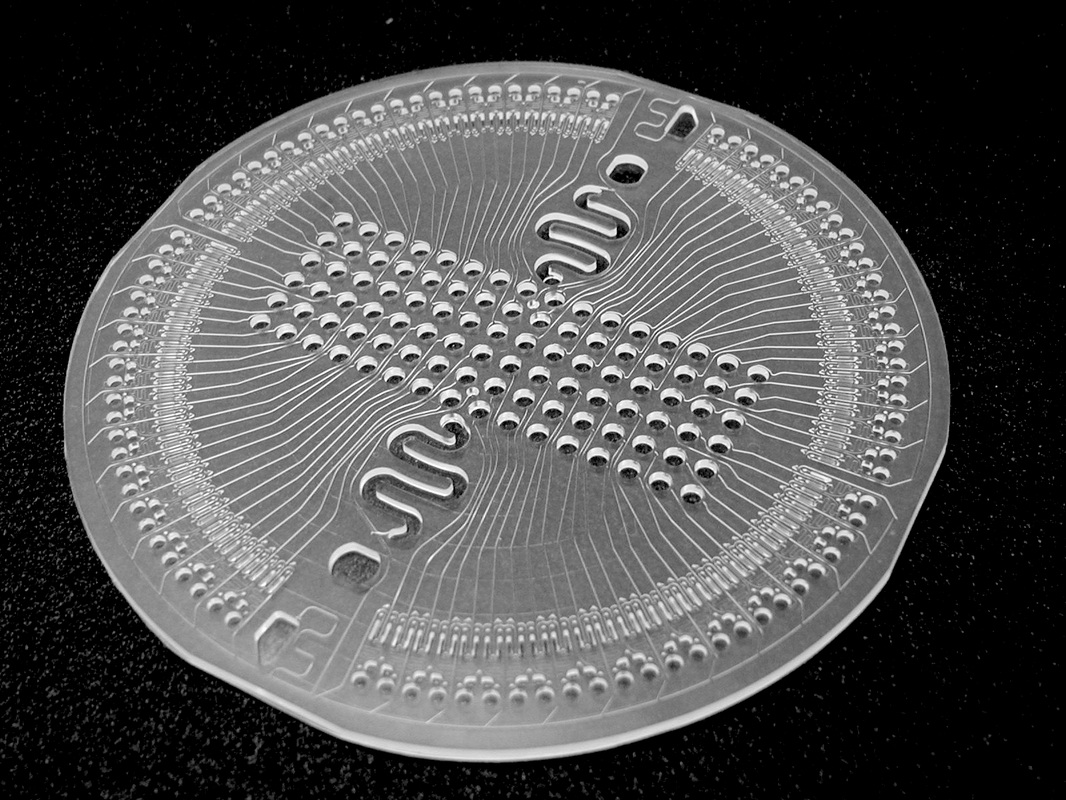
新一代微流控键合解决方案
微流控键合解决方案:微流控芯片制造的一个重要环节,也是最容易被忽视的--芯片键合。其中一个重要因素是:微流控...
2023/7/27 12:44:28
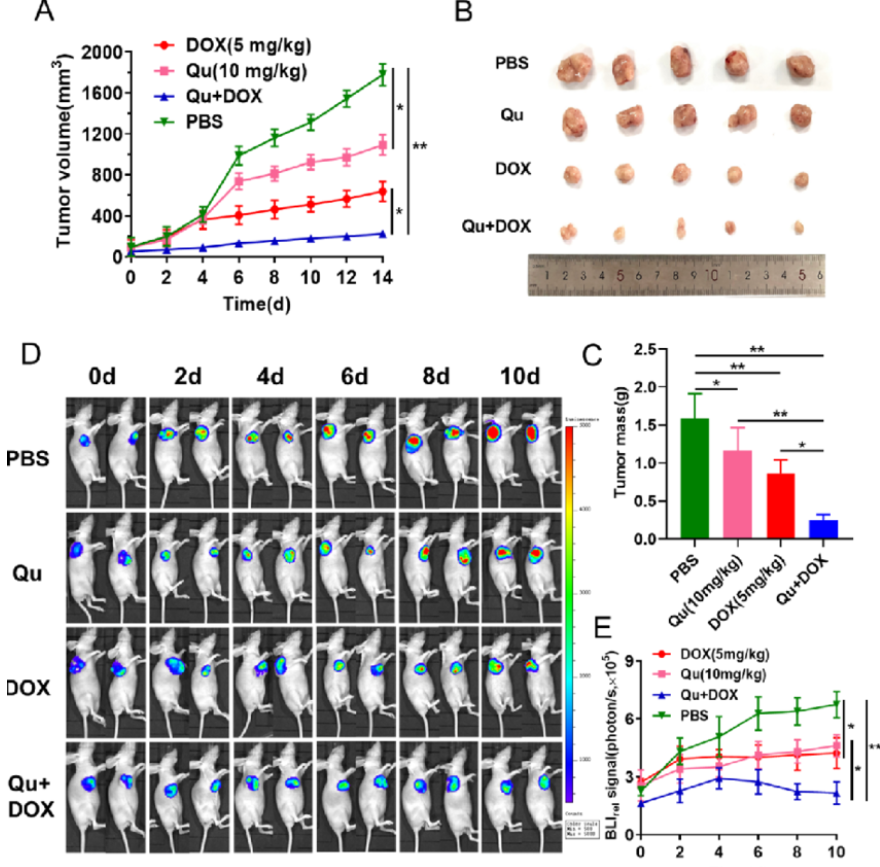
荧光素钾盐使用说明
D-荧光素钾盐(K+)设计用于体外和体内生物发光测定。D-荧光素的质量和纯度对于获得良好和可重复的结果至关重...
2023/7/20 11:05:11
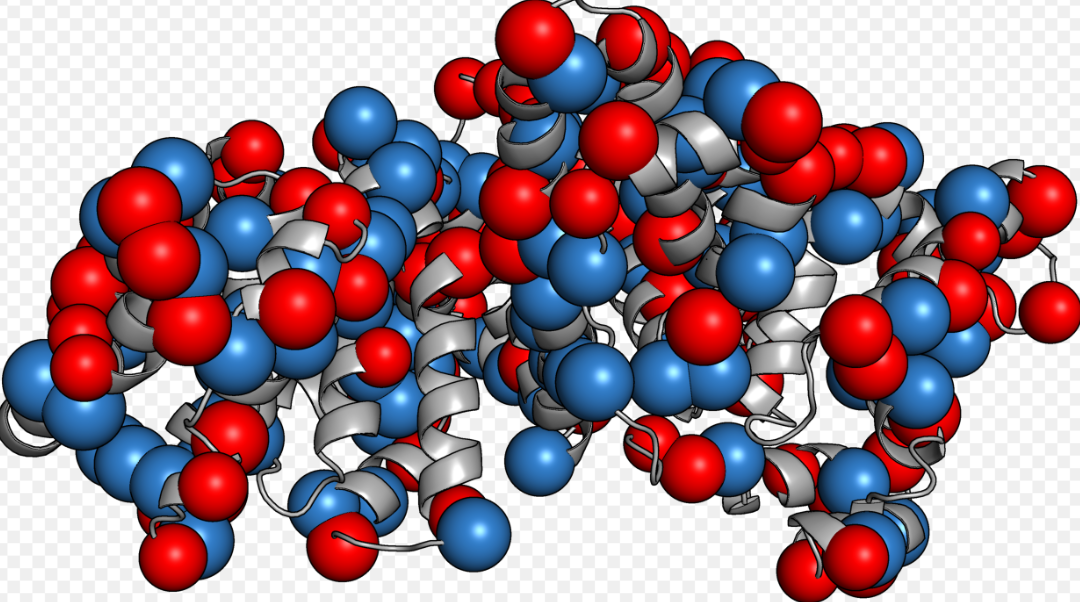
如何选BSA(牛血清白蛋白)
如何选BSA(牛血清白蛋白):牛血清白蛋白(BSA)有多种形式,如何选择适合自己的牛血清白蛋白(BSA)是一...
2023/2/14 13:09:18




 购物车
购物车 



